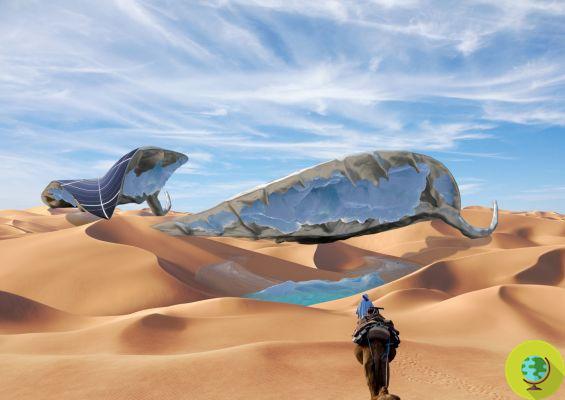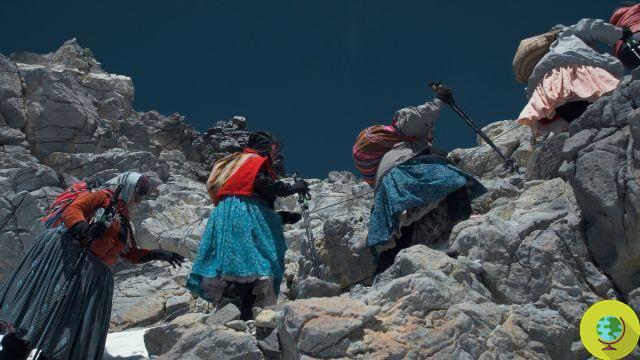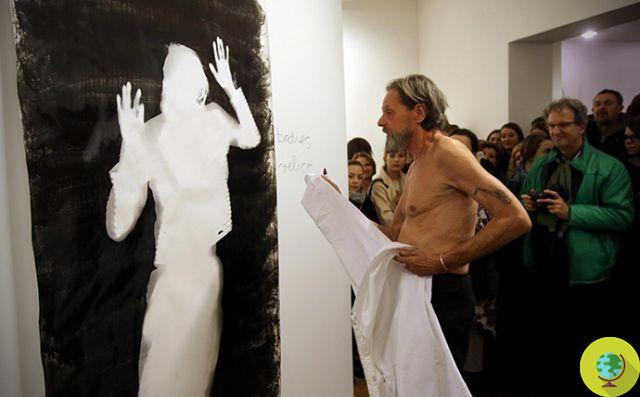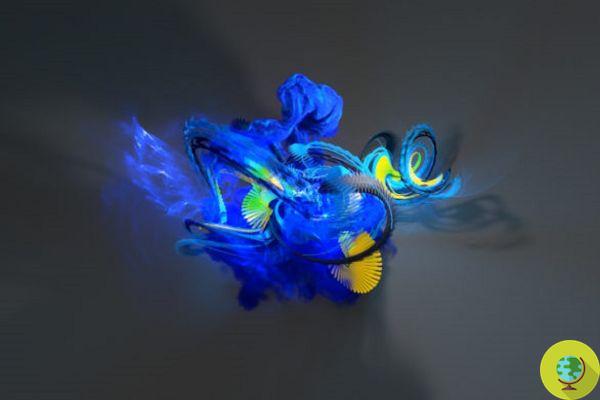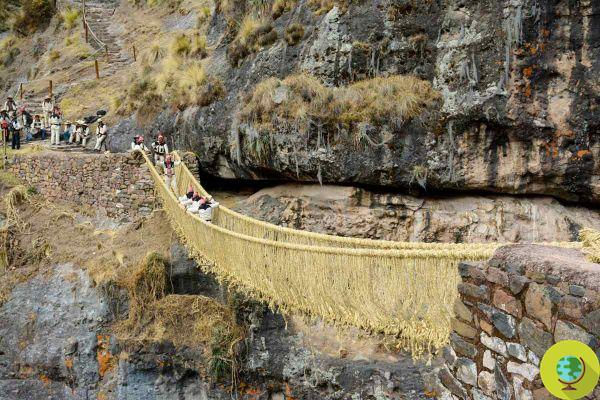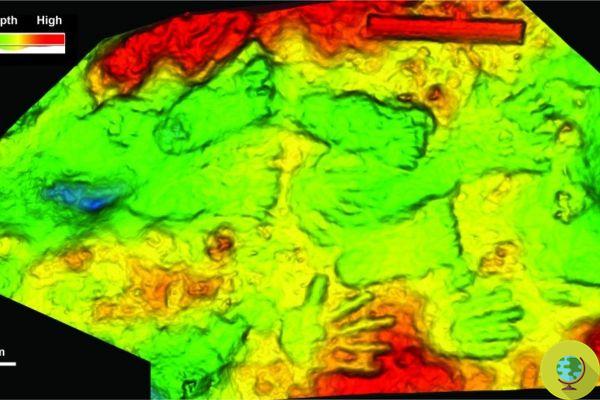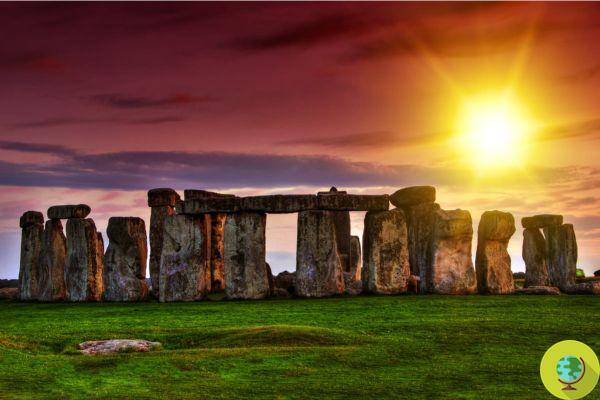
The origin of the massive megaliths of Stonehenge has always been debated but now a new study has revealed one of the mysteries of the sarsen
Don't store avocado like this: it's dangerousMystery and curiosity have hovered over Stonehenge for centuries. The origin of the massive megaliths, the stones that form this majestic British monument, has always been debated but now a new study has finally revealed one of the long unsolved mysteries about the Sarsen.
Scientists at the University of Brighton after two years of investigation found that most of the large stones that make up the iconic main sarsen circle and the monument's inner horseshoe came from West Woods on the edge of the Marlborough Downs, Wiltshire, a site located approximately 15 miles (approximately 24km) north. The research was led by Professor David Nash, a professor of physical geography.
“Archaeologists and geologists have been debating the origin of the stones of Stonehenge for more than four centuries. These new significant data will help better explain how the monument was built and perhaps offer insights into the routes through which the 20-30 ton stones were transported, ”he said.
Stonehenge is one of the most impressive and admired prehistoric monuments in the world. It is known with certainty that they were used to build it two types of stones, notes like sarsen e bluestone (blue stone). Geologists have long been aware that 42 of Stonehenge's smallest stones, the 'bluestones', came from the Preseli Hills in Pembrokeshire, West Wales. A recent study even uncovered the exact locations of the quarries and also revealed when and how the stones were extracted.
Stonehenge: here's where the 42 bluestones come from and how they were transported
The mystery of the sarsen stones
But the new research concerns the larger stones, the sarsen. English Heritage, the charity that cares for Stonehenge, granted permission to the University of Brighton to conduct the research and in 2018 scientists began chemical analysis of sarsens using a portable X-ray spectrometer, in able to identify the chemical concentrations of a series of elements.
The team showed that 50 of Stonehenge's 52 sarsen stones share similar chemistry and come from a common area. They then compared the geochemical signature of small fragments of a core extracted from one of these sarsens - Stone 58 - with data from those located across southern Britain. This allowed them to discover that most of Stonehenge's large megaliths came from West Woods.
“This research provides a fantastic leap forward in our knowledge of Stonehenge, as we can finally answer the question: 'Where did the iconic stones come from?' We are so pleased that the core of Stone 58 has added a crucial piece of evidence to the puzzle, ”said Susan Greaney, head of English Heritage.
Professor Nash added: “The origins of the smaller bluestones near the center of Stonehenge have attracted more attention over the years. These stones have been shown to come from parts of Wales. However, practically until now no work had been done on the sources of the Sarsen megaliths larger ones that form the primary architecture of Stonehenge ”.
According to the scientists, although the provenance of the sarsen is now known, other mysteries remain to be solved. We do not yet know where two of the 52 sarsen of the monument come from. It is possible that they were locally sourced but cannot be said with certainty.
“We also don't know the exact areas of West Woods from which the sarsens were extracted. To answer these questions, further geochemical tests and archaeological investigations are needed, ”concludes Nash.
The research was published in the journal Science Advances.
Sources of reference: Science Advances, University of Brighton,
READ also:
Discovered a new circle of monoliths near Stonehenge: it is the largest prehistoric structure in Great Britain
Here are who the first inhabitants of Stonehenge were





